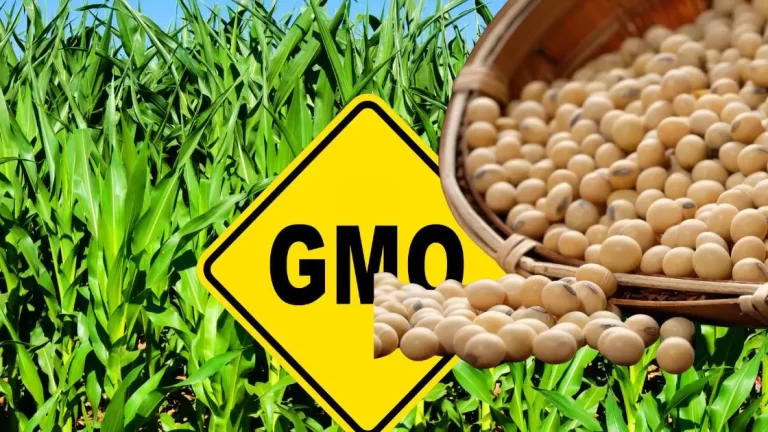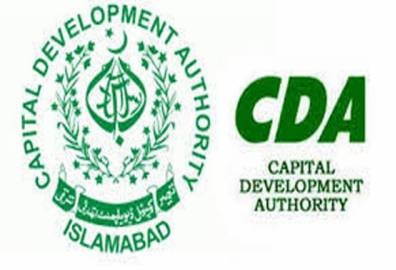Suzuki Motors sales to increase by 276% in March
Aftab Ahmed
Islamabad: Pakistan automobile industry is witnessing astonishing growth due to favorable government policies and lower interest rates.
In a recent research note, Sherman Securitas has said that “Pakistan’s major auto assemblers excluding KIA and Hyundai are likely to post stunning sales growth of 192% YoY in March 2021”
Sherman Securities expects total sales in March are expected to be around 19,950 units compared to 6,830 during the same month last year. This growth is mainly driven by a strong recovery in demand for cars especially invariants below 1,000cc.
Moreover, a low-base effect also propelled robust growth in the outgoing month as sales during March 2020 remained depressed amid COVID-19-related lockdown. Interestingly, auto sales in Jan-March, 2021 are likely to be the highest quarterly sales after a gap of six quarters.
Pakistan Suzuki Motors is expected to outperform the other players by selling 10,050 units in March compared to 2,673 last year — the highest growth of 276%YoY. On the other hand, Indus Motors (INDU) is likely to post sales of 6,700 units in March compared to 2,593 last year, up 158%YoY while HCAR is estimated to book sales of 3,200 units, up 105%YoY.
Ahmed Lakhani at JS Global has also increased its price target for PSMC from Rs325 to Rs345 due to a strong recovery in earnings. Earlier in February 2021 JS Global has revised its price target for PSMC to Rs325 from Rs245 which is now almost achieved in two months.
Ahmed Lakhani has also said that PSMC most recent introduction, the 660cc Suzuki Alto, is the natural replacement for the long-standing Suzuki Mehran. Alto now accounts for over 40% of PSMC’s volumes (Mehran accounted for ~30% in CY16-CY18), underlying its significance to the company’s well-being.
Other than the competition being faced by Cultus, sales of Wagon-R are also on the lower side (less than 1k p.m. in 8MFY21), which we believe could potentially be due to cannibalization as customers opt for the more fuel-efficient Alto on the lower price variant of Wagon-R or the more stylish Cultus on the other end. Moreover, while price competitiveness of its LCV brands (Bolan and Ravi) has led to a recovery in unit sales in recent months. However, given these brands are relatively outdated in terms of technology, any new entrant in a similar price range with even some minor improvements could pose a serious threat in the long term to their volumetric outlook.
Margins to remain upwards sticky
“Going forward, PSMC’s gross margins are expected remain in single digits in the long term as competitive pressure will make it increasingly difficult to pass on the cost impact of devaluation/additional tariffs, etc. given the price-sensitive nature of its customer base,” said Ahmed Lakhani at JS Global.
Given the weak outlook of their other brands, we expect Alto to gain significance and contribute ~50-55% of volumes for PSMC in CY23 onwards. This increases the company’s riskiness in our view and a new entrant in this category could pose a serious threat to their earnings growth. Already there is news of a possible small car being introduced by one of the new players (MG) and plans to move to double shift by one of the Chinese entrants (DFSK) very soon. Judging by the international portfolio of the South Korean brands and their success in a market dominated by Suzuki (India), one cannot rule out an entry somewhere down the line in this category.
Hybrid Swift might create some excitement
Although it’s still a far way off (possibly CY22- 23) and still in the initial planning stages, a hybrid variant of Swift definitely could pose a significant trigger to our earnings estimates. A comparison of regional price differentials between the high-end Swift with internal combustion engine compared to the hybrid variant suggests a potential price range of Rs2.7-3.0mn if launched in Pakistan (assuming Rs155/US$ parity). The launch is also said to be contingent on the inclusion of hybrids in the EV policy.
4Q marked a return to profitability
Undeniably, the company posted a solid recovery in 4QCY20, with an EPS of Rs12.26, well above industry-wide expectations. This was the company’s first quarterly profit after 8 consecutive quarterly losses. Earnings recovery was primarily driven by higher gross margins (up by 518 bps YoY), a decline in finance costs and administrative expenses, and an increase in other income.








